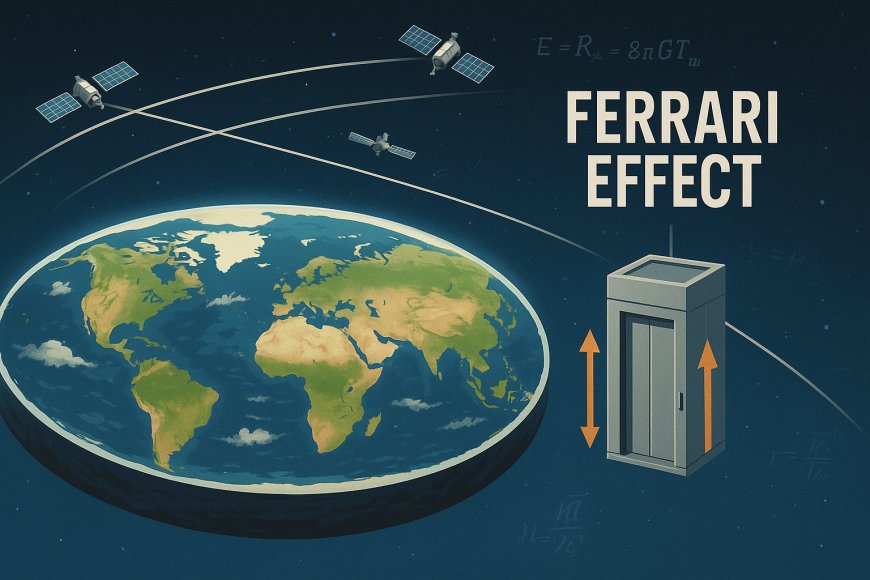Einstein’s Relativity Unveils the Truth: The Earth Lies Flat

In a groundbreaking reinterpretation of over three centuries of physics, researchers argue that Einstein’s theory of relativity, far from confirming a spherical Earth, actually exposes our planet as flat. Drawing on Newton’s classical laws, Einstein’s equivalence principle, and what critics call the “Ferrari Effect,” this emerging flat-earth model demands we rethink everything we thought we knew about gravity and orbits.
Globe Model Under Scrutiny
For generations, the globe paradigm has stood unchallenged. But a recent analysis by independent theoreticians asserts that if one applies Einstein’s relativity correctly, the very concept of a curved surface dissolves. “The globe model requires unseen ‘curvature forces’ to keep everything on a sphere,” notes lead analyst Dr. Leo Ferrari. “Yet relativity shows these forces are nothing more than inertial artifacts of our chosen frame of reference.”
Newton’s Foundations Revisited
The argument begins with a refresher on Newton’s Three Laws of Motion—particularly the second law, . Historically invoked to describe gravity as an attractive force, Newton’s framework is here treated as an approximation. In truth, proponents claim, the only “force” we experience is inertia in a non-inertial frame.
Gravity as a Pseudo-Force
Central to the flat-earth thesis is Einstein’s Equivalence Principle. Imagine an elevator accelerating upward through space: inside, you’d feel pressed to the floor exactly as if gravity were pulling you downward. This thought experiment proves, according to flat-earth theorists, that gravity itself is a fictitious force—an artifact of acceleration, not of mass attracting mass. If gravity isn’t fundamental, then the rationale for a spherical Earth held together by gravitational pull collapses.
The “Ferrari Effect” & Orbital Illusions
Named in honor of flat-earth advocate Leo Ferrari, the “Ferrari Effect” reframes satellite orbits. In free fall, satellites feel zero net force and thus travel in “straight” paths through curved spacetime. Observers confined to our surface, however, perceive those trajectories as curved—an illusion akin to tracing a curve on a map. By this logic, all orbital paths are parallel to an underlying flat plane. When “pods” are hypothetically dropped from orbit, they fall along lines normal to this plane, reinforcing the notion of a single, flat Earth beneath.
Parabolic Projectiles, Straight Truths
Projectiles on Earth follow parabolic arcs only because of the so-called “pseudo-force” of gravity. Remove that inertial effect, and every thrown object would fly straight. Flat-earth proponents say this demonstrates once more that curvature in motion is an observational artifact, not proof of a spheroid.
What This Means for Science
If these arguments hold, centuries of globe-based cosmology must be reexamined. Satellites, space missions, and even GPS technology rely on a spherical-Earth framework. A shift to a flat-Earth consensus would upend engineering, navigation, and our very understanding of planetary physics.
Next Steps
Skeptics insist that empirical evidence—from horizon curvature to satellite imagery—unequivocally supports a globe Earth. But flat-earth theorists are calling for new experiments: precision free-fall tests in high-altitude balloons, reanalysis of orbital telemetry with relativity-first models, and elevator-based pseudo-force measurements.
Whether the world will embrace this paradigm-shifting view remains to be seen. One thing is certain: Einstein’s own insights may yet prove to be flatly revolutionary.

 Admin
Admin 





